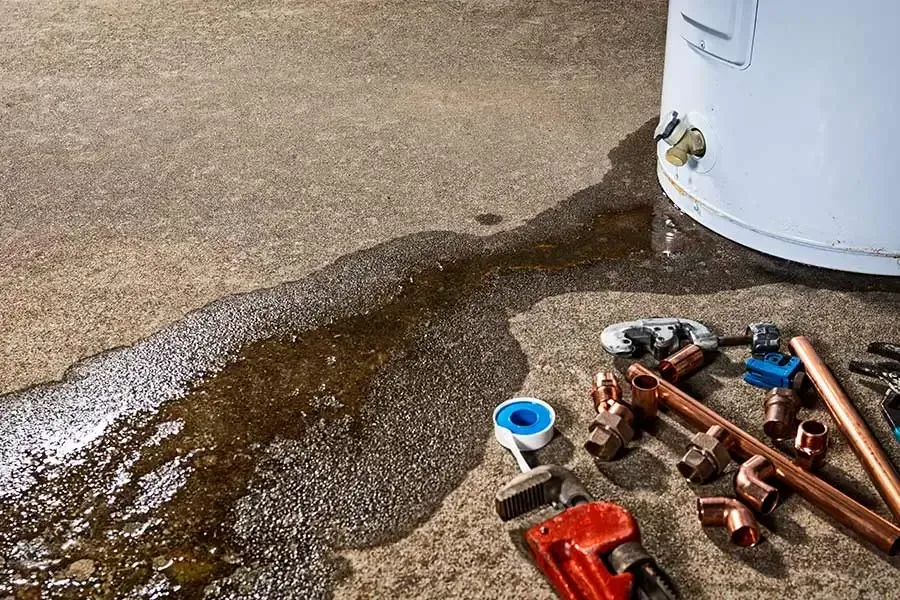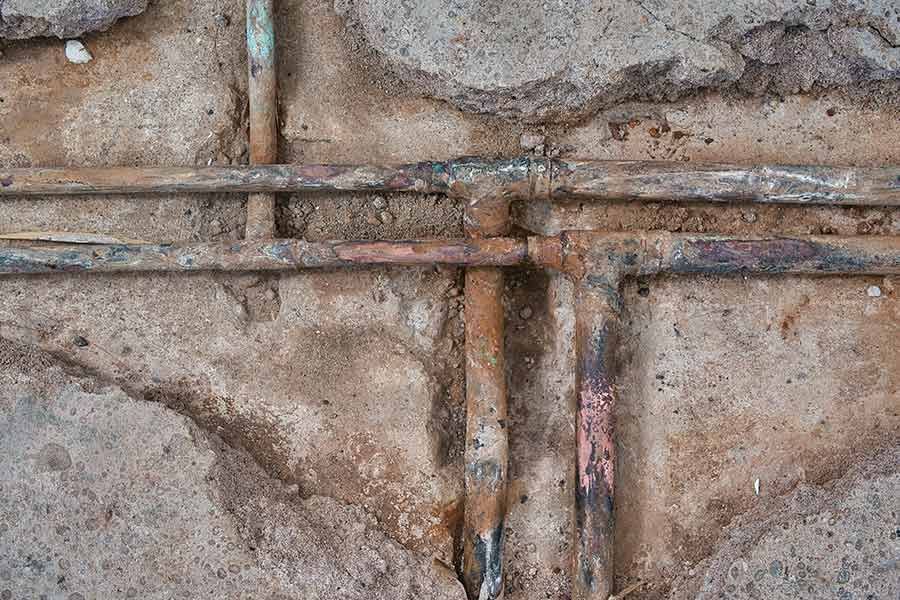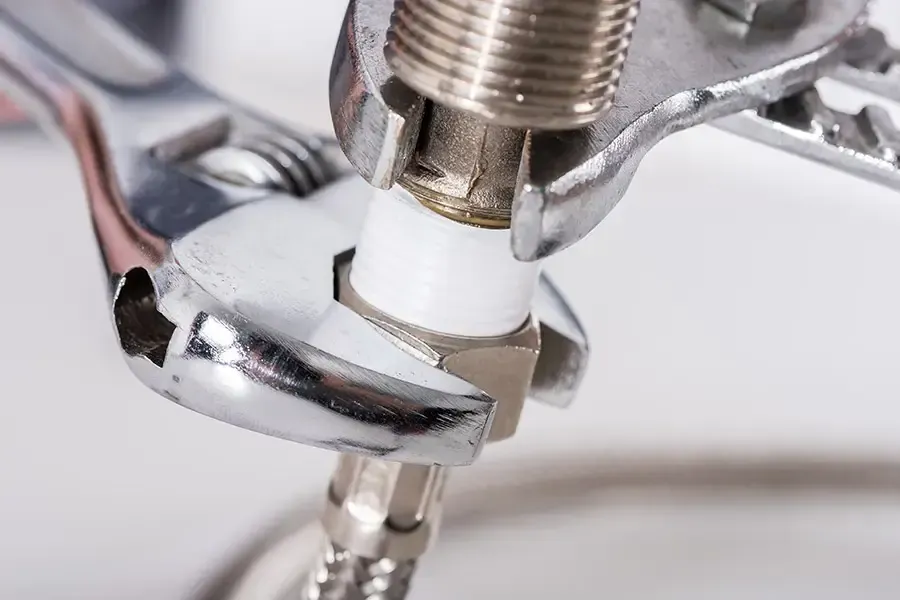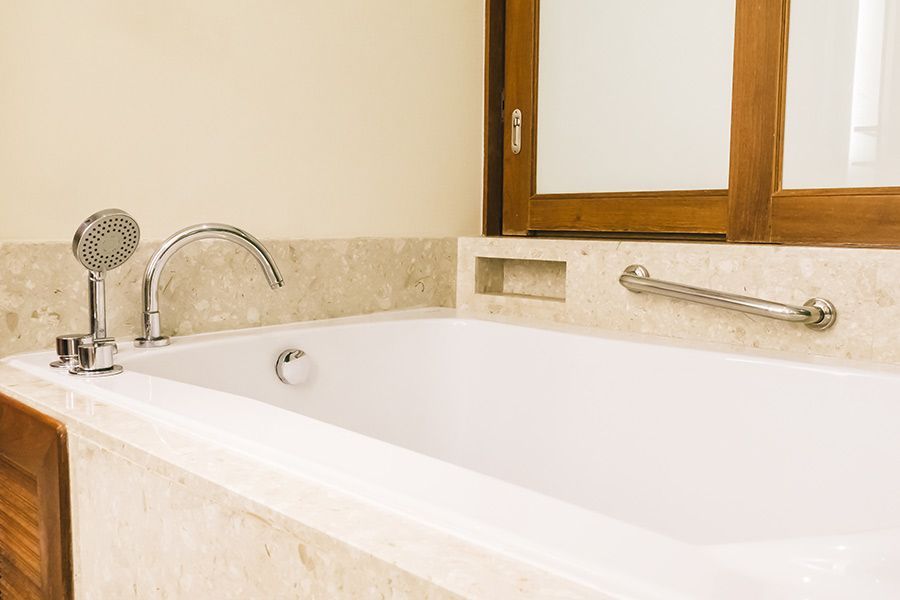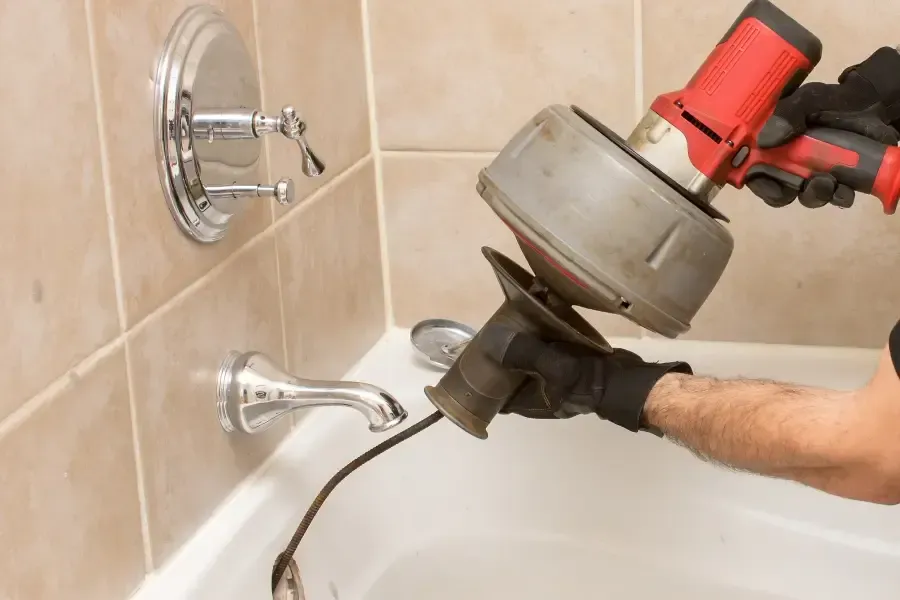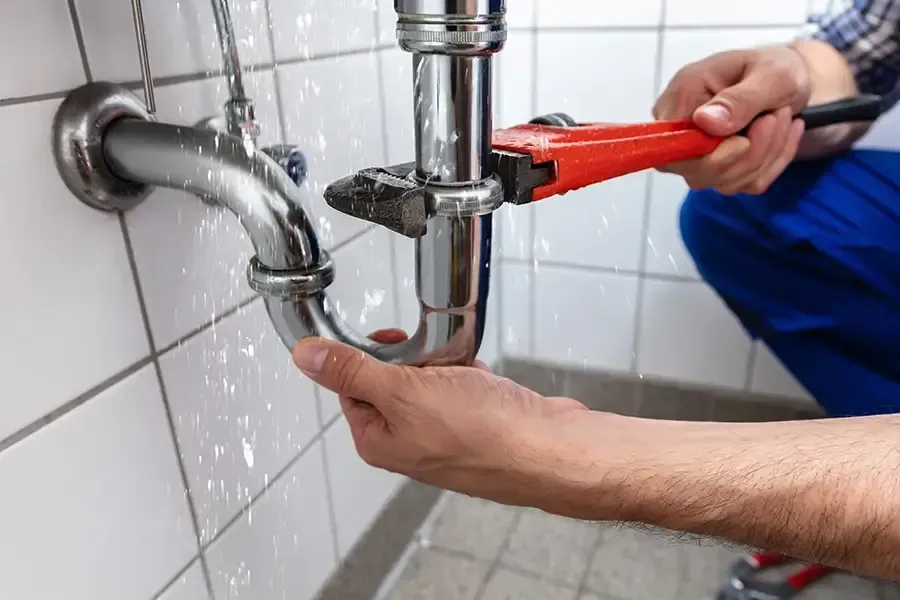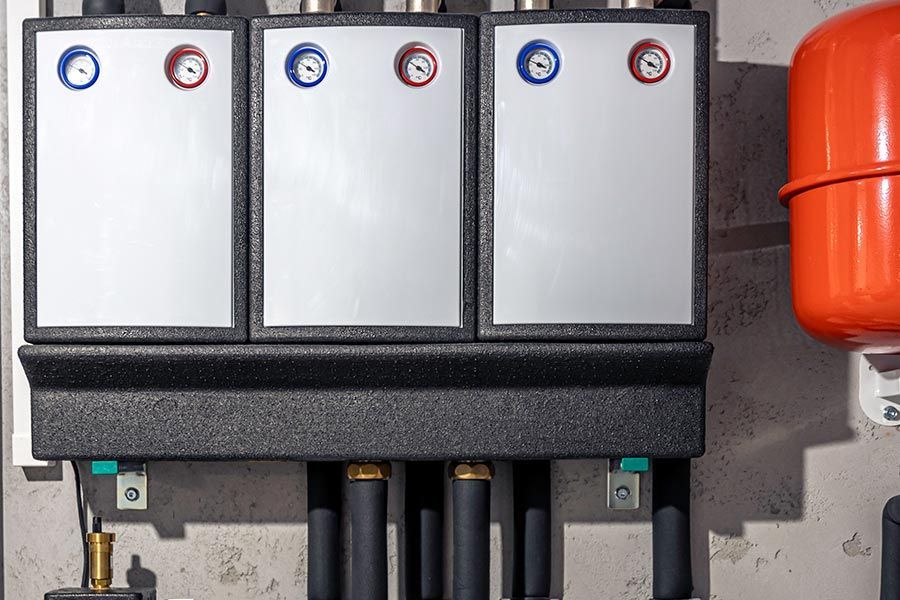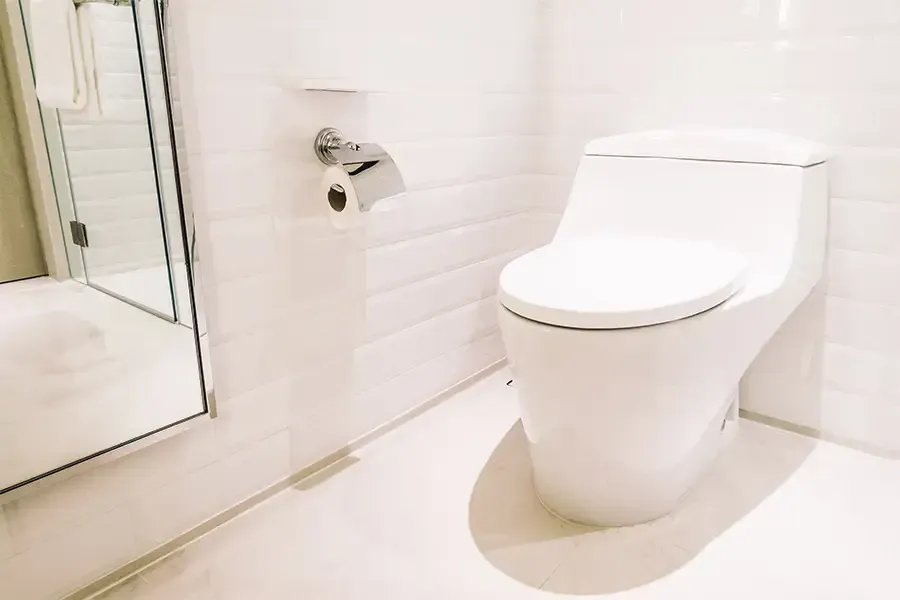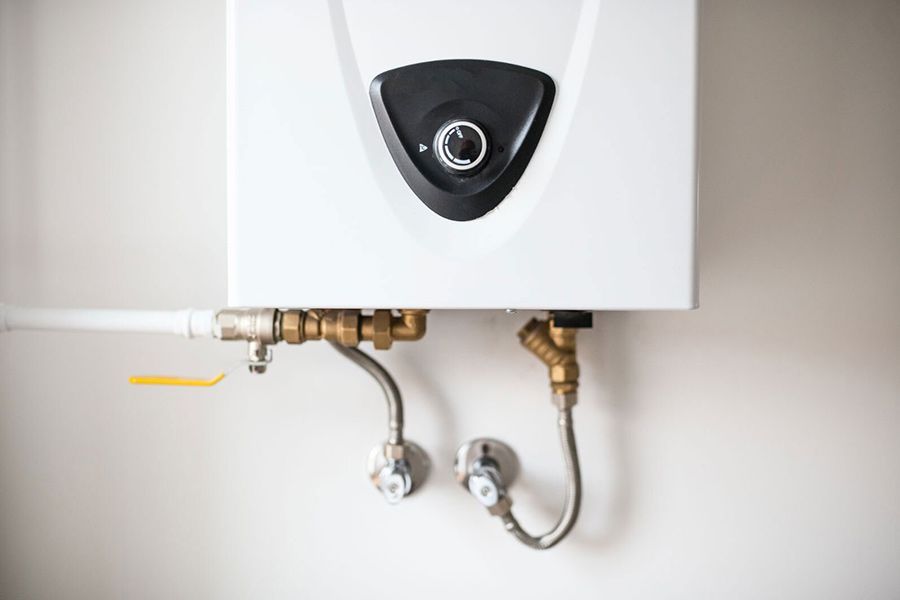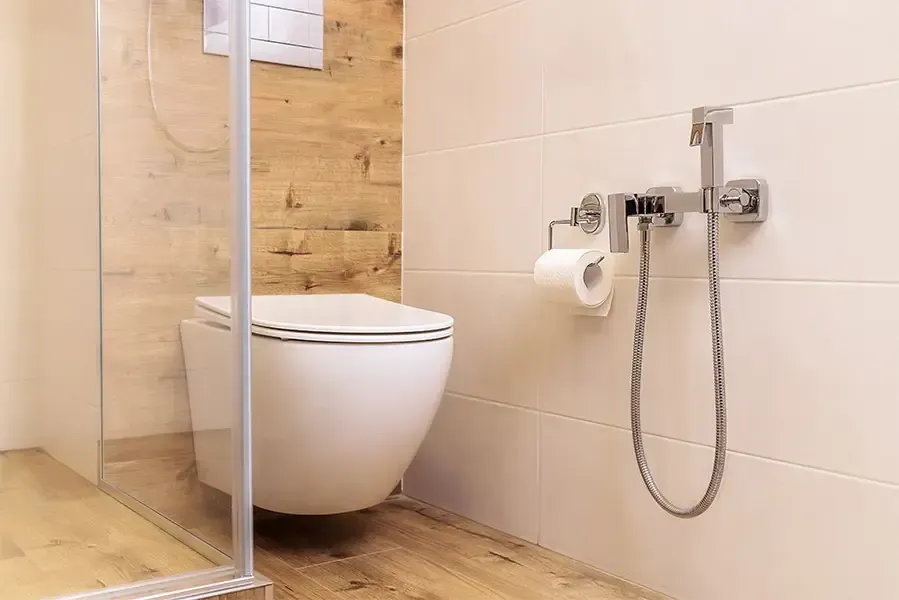We have 24 Hour Service!
Shower Faucet Leaking: How Will the Pros Fix It?
Is your shower faucet leaking? Call the experts from Formica Plumbing & Sewer Co. at (440) 485-3850 to fix the problem and stop wasting water today.
When you turn on the shower, does water continue to flow out of the bathtub faucet? Is the water pressure coming from the shower head less than you prefer? Or does the water trickle out of the spout even when you turn off the shower?
Some simple repairs can stop the shower faucet leaking if this sounds familiar. Here, the team from Formica Plumbing & Sewer Co., Painesville's professional plumbers, explain how they approach shower faucet leak repairs.
The Most Common Cause of a Leaky Faucet
In most cases, a faulty shower diverter valve is the cause of a leaky shower faucet. This valve controls whether the water flows from the shower head or the tap. Additional valves control the hot and cold water mix if you have a shower with more than one faucet handle.
Shower faucets may have one of several types of valves. For example, some use cartridge-style valves, which contain the entire valve assembly in one piece. Single-handle shower faucets may have a ball-type valve, which directs water flow using a stainless steel ball wedged between two rubber washers.
Some older shower faucets have a compression-style valve. When you turn the faucet handle, it moves a metal shaft and controls the water flow. Turning the tap off causes the shaft to compress a rubber ring against an insert called the seat.
When dealing with a shower faucet leaking in your bathroom, fixing it typically means replacing the shower valve, the parts surrounding it, or both. Since manufacturers offer so many different shower faucets, finding the right parts to repair your leaky faucet can be challenging. In addition, most local hardware stores do not carry a full selection of valves, so you will likely have to order one.
Professional plumbers usually have the parts in stock to make the repairs quickly.
Fixing a Single-Handled Shower Faucet
Fixing any shower faucet problem starts with turning off the water supply and covering the drain. Plumbing pros then remove the tub spout from the shower wall to access the valve.
The next step is to remove the valve stem or the cartridge that contains the valve mechanism. In most cases, removing these parts is necessary to identify them and select suitable replacements. Once they have the correct replacement, the plumber will replace the faulty parts, reinstall the faucet handle, and test for ongoing leaks.
Most of the time, plumbers only need to replace valve parts like washers or rings, which are vulnerable to deterioration and corrosion, not the valve stem itself. This is because valve stems are typically plastic, which resists corrosion. More often than not, replacing components solves the problem, and there's no need to replace the valve stem.
Fixing a Two or Three-Handled Shower Faucet
Repairing a leaky two-handled shower faucet follows the same procedure as a single-handled one. First, the plumber removes the spot from the shower wall and replaces the diverter valve parts. Another option is replacing the entire tub spout, but ensuring the new spout matches the existing control valves and the shower head is essential.
Stopping a three-handled shower faucet leaking is the most complex job. Since there are three valve stems (hot water, cold water, and diverter), turning off the water supply is crucial to prevent flooding. It's most likely that the diverter valve (the center valve) is the cause of the shower faucet leaking; however, there's a possibility it could be the hot or cold valves, and it's impossible to replace them without shutting off the water.
Once they determine which valve is causing the leak, the plumber will replace the faulty parts the same way as with a one-handled faucet.
After the Repairs
After fixing the valves, the plumber will test the fixtures to ensure they don't leak. This includes turning the handles slightly to allow air to escape before turning on the water. They will also temporarily remove the shower head before allowing the water to run for about 30 minutes to flush out any debris or contaminants in the plumbing.
Water Pressure and Leaky Faucets
Although the shower diverter valve is the most likely reason for a shower faucet leaking water, high water pressure may also cause the issue. If the water pressure is too high, the valve may not contain it. As a result, you have a constantly dripping faucet or shower head.
Turn the handles slightly to determine whether the water pressure is too high. A loud noise from the pipes and water immediately pumping into the tub typically means the water pressure is too high. A pressure-reducing valve (PRV) could solve the problem.
If you already have a PRV, try reducing the pressure setting and retest to stop the shower faucet leaking. If you don't have a PRV, call a professional plumber to install one.
Call Formica Plumbing & Sewer Co. to Fix Leaky Shower Faucets
Many homeowners attempt to repair shower faucet leaks on their own, only to find that they cannot find the correct parts or don't have the tools necessary to remove the valve safely. Calling a professional plumber with the experience and tools to safely and efficiently repair the leak can save you time, money, and hassles.
Our Formica Plumbing & Sewer Co. team has experience working with all types of outdoor faucets, indoor faucets, shower heads, and tub spouts and can easily take care of any issue. Our trained and insured technicians have the skills and knowledge to repair your shower correctly the first time. You can trust us for honest, trustworthy, and affordable service whenever you need us, day or night.
Don't take our word for it; we have hundreds of five-star reviews from customers throughout northeast Ohio. We know you need prompt and reliable service to handle your most urgent plumbing needs, so call us at the first sign of a shower faucet leaking. Contact us at
(440) 485-3850 or schedule an appointment online.
Formica Plumbing and Sewer Co. provides courteous, friendly, affordable, and effective residential and commercial plumbing services.
OUR SERVICES
CONTACT INFO.
Formica Plumbing & Sewer Co.
1445 E 289th St, Wickliffe, OH 44092
Plumbing License # 47834
EMERGENCY SERVICE
AVAILABLE
All Rights Reserved | Formica Plumbing and Sewer Co.

